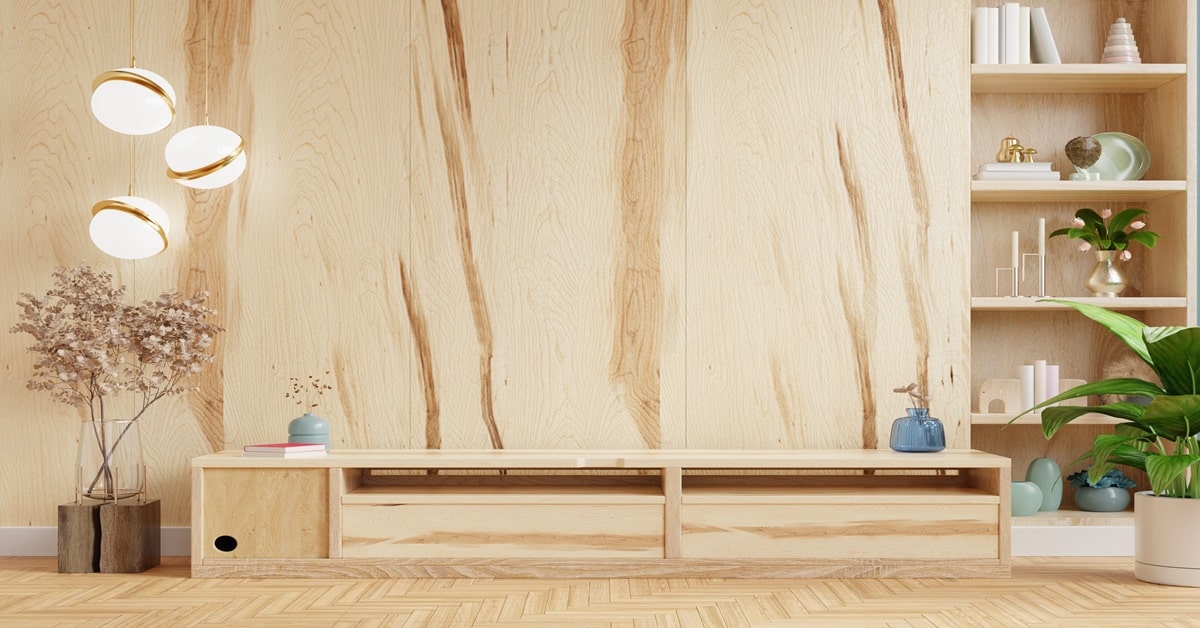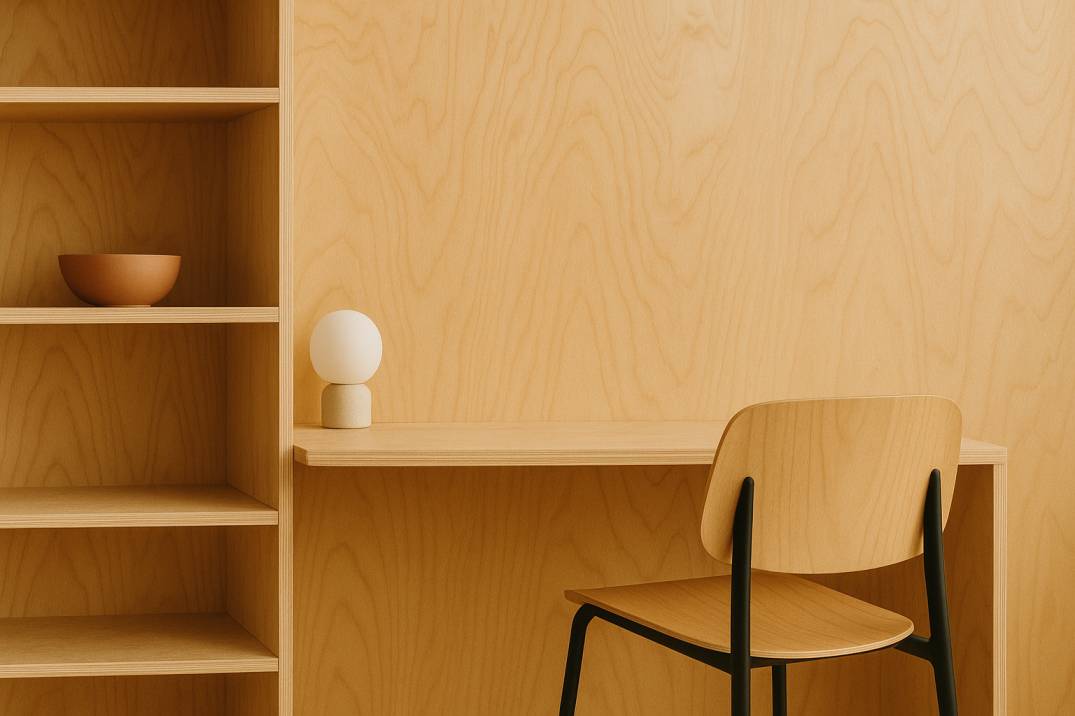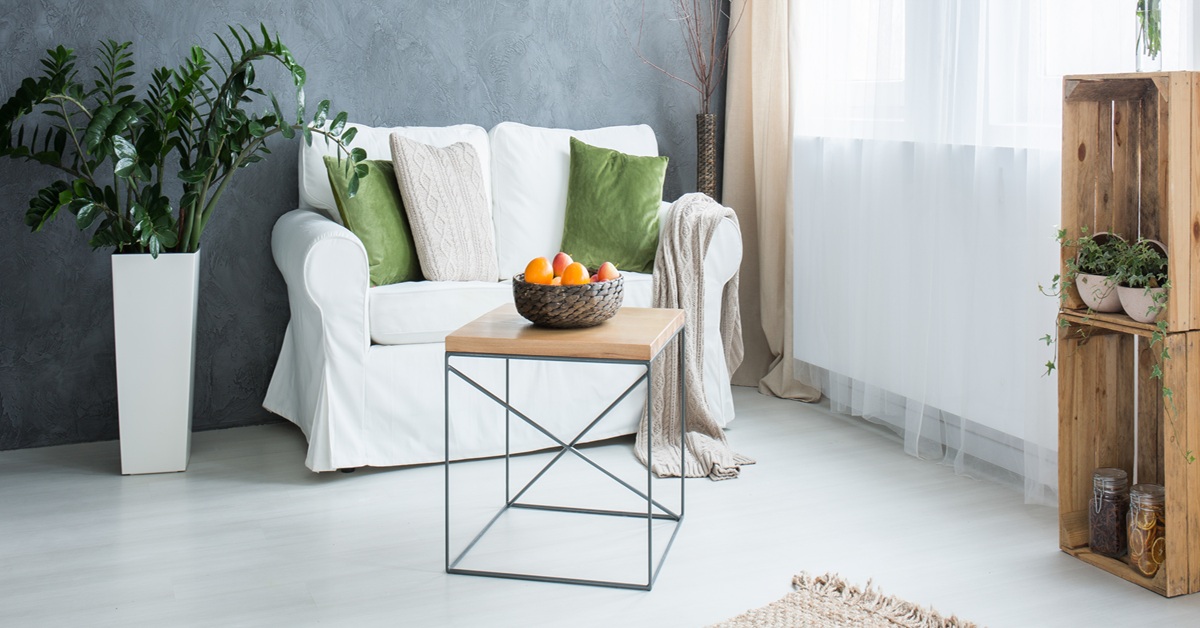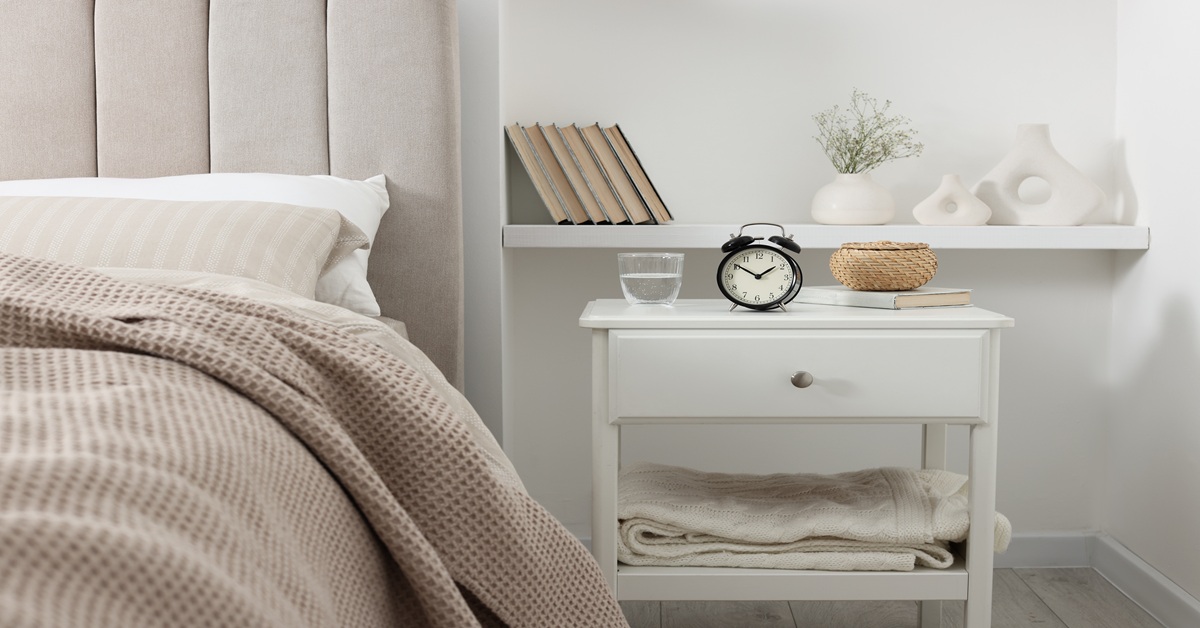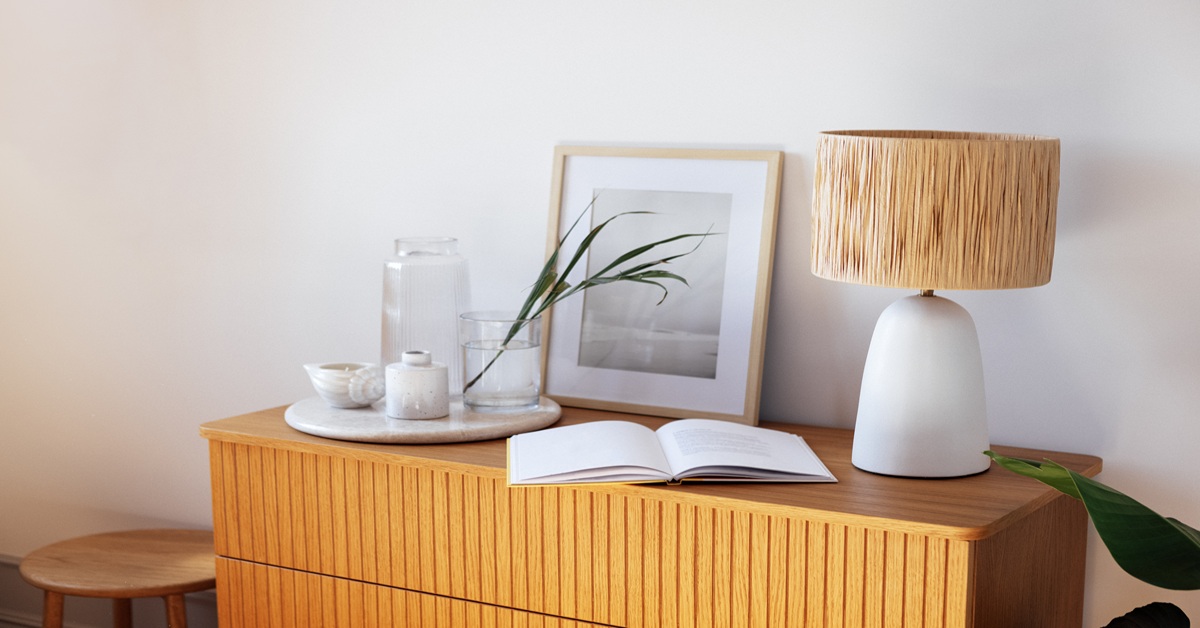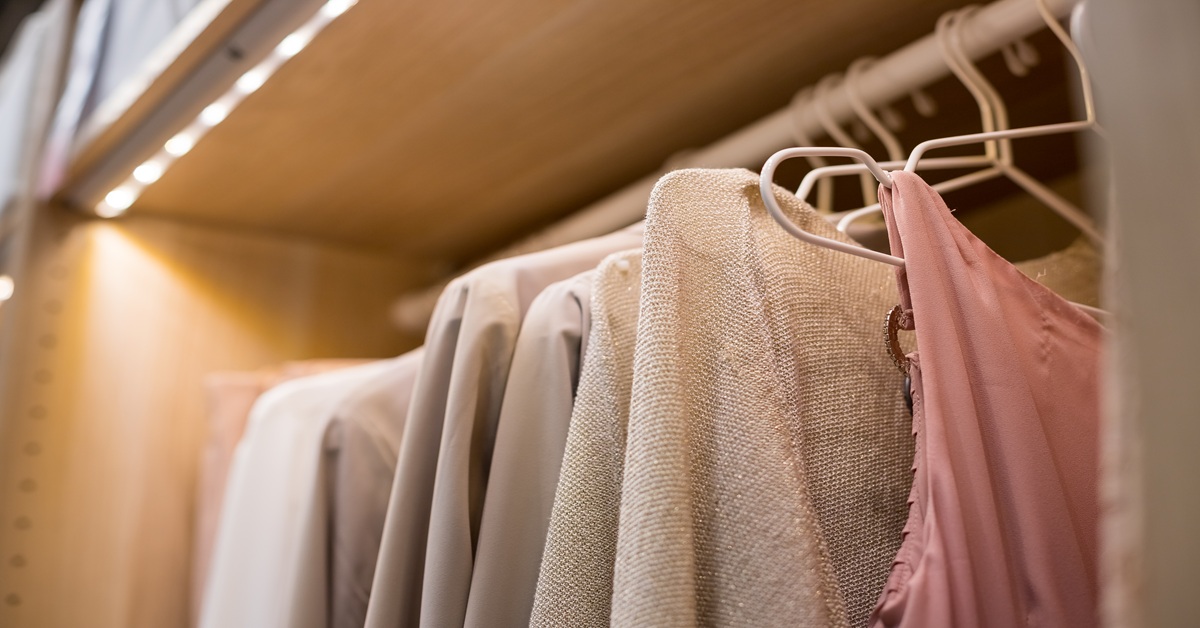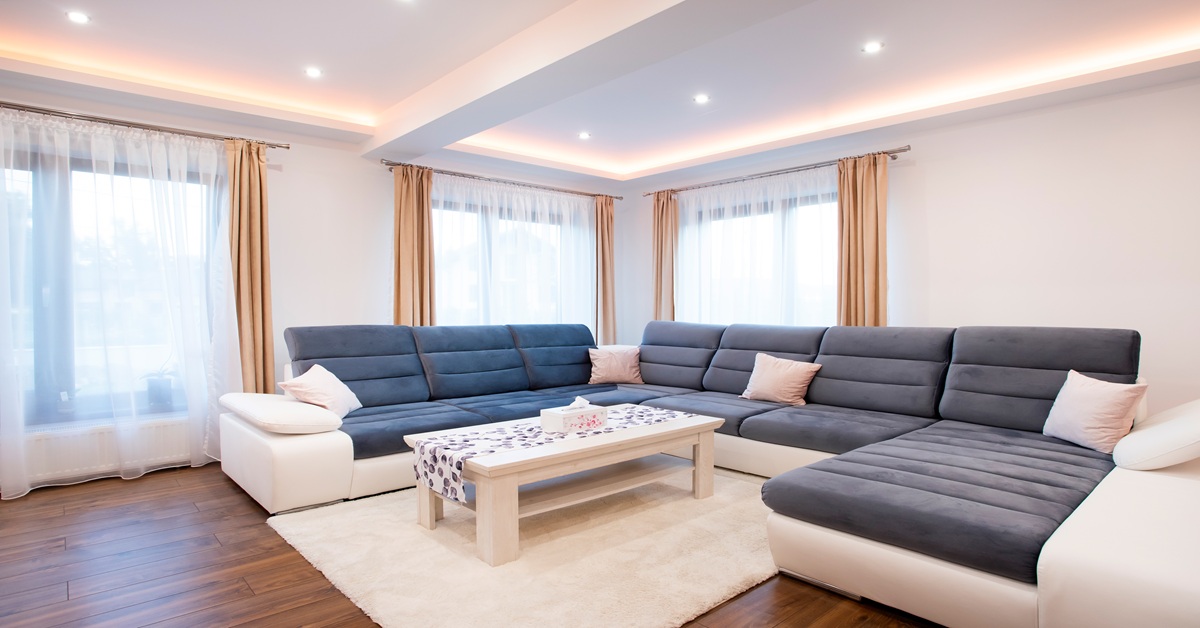When building or renovating your home, selecting the right materials is crucial for ensuring longevity and durability. Among the various types of wood products, termite-proof plywood stands out as a key choice for preventing pest-related damage. Termites can cause significant harm to wooden structures, leading to costly repairs and maintenance. This blog will explore how termite-proof plywood works, the benefits it offers, and how it can safeguard your home from pest infestations.
What is Termite-Proof Plywood?
Termite-proof plywood is specially treated to resist damage caused by termites and other wood-boring insects. Unlike regular plywood, which is vulnerable to pest attacks, termite-proof plywood undergoes a treatment process that makes it less appealing to termites. This treatment involves the application of chemical preservatives and insecticides that protect the wood from infestation.
Termite-proof plywood is commonly used in construction and furniture-making, particularly in areas where termites are a known issue. It combines the structural benefits of plywood with added protection against pests, ensuring that your wooden fixtures and structures remain intact and functional over time.
How Termite-Proof Plywood Works
1. Chemical Treatments
The primary method for making plywood termite-proof is through chemical treatments. These treatments involve applying preservatives and insecticides to the plywood during the manufacturing process. There are several types of chemical treatments used to achieve termite resistance:
- Boron Compounds: Boron is a naturally occurring element that is toxic to termites but safe for humans and pets. Boron compounds are often used as a treatment for plywood to provide long-term protection against termite infestations. The compound penetrates the wood and acts as a deterrent to pests.
- Insecticidal Chemicals: These are chemical agents specifically designed to kill or repel termites. Insecticidal treatments are applied to the plywood to ensure that any termites that come into contact with the wood are unable to feed on it or establish a colony.
- Preservatives: Wood preservatives, such as copper-based compounds or chromium copper arsenate (CCA), are used to protect plywood from termites and other wood-destroying organisms. These preservatives penetrate the wood and create a barrier that repels pests.
2. Pressure Treatment
Pressure treatment is another method used to enhance the termite resistance of plywood. In this process, the plywood is placed in a pressure chamber where it is subjected to high pressure. This pressure forces the chemical preservatives deep into the wood fibers, ensuring thorough penetration and long-lasting protection. The result is a plywood product that is highly resistant to termite attacks and other forms of pest damage.
3. Surface Coatings
In addition to chemical treatments, some termite-proof plywood products are coated with surface treatments that add an extra layer of protection. These coatings create a barrier that helps prevent termites from accessing the wood. Surface coatings can also improve the overall durability and appearance of the plywood.
Benefits of Termite-Proof Plywood
1. Long-Term Protection
One of the primary benefits of termite-proof plywood is its ability to provide long-term protection against termites and other pests. The chemical treatments and pressure treatments used in its manufacturing process ensure that the plywood remains resistant to infestations for many years. This reduces the risk of damage and minimizes the need for costly pest control measures.
2. Cost-Effective Solution
While termite-proof plywood may have a higher initial cost compared to regular plywood, it is a cost-effective solution in the long run. By preventing termite damage, you can avoid the expense of repairs and replacements, as well as the cost of ongoing pest control treatments. The durability and longevity of termite-proof plywood make it a wise investment for any construction or renovation project.
3. Enhanced Durability
Termite-proof plywood is designed to withstand not only pest attacks but also other environmental factors. The chemical treatments used to protect the wood can also improve its resistance to moisture, decay, and fungal growth. This enhances the overall durability of the plywood, making it suitable for a wide range of applications.
4. Improved Safety
Using termite-proof plywood helps create a safer living environment by reducing the risk of structural damage caused by pests. Termites can weaken wooden structures, leading to potential safety hazards. By using termite-proof plywood, you ensure that your home or building remains structurally sound and safe for occupants.
5. Versatility in Applications
Termite-proof plywood can be used in various applications, including construction, furniture making, and cabinetry. Its versatility allows it to be used in both residential and commercial projects, providing protection against termites in different settings. Whether you’re building a new home, renovating an existing space, or creating custom furniture, termite-proof plywood is a reliable choice.
Applications of Termite-Proof Plywood
1. Residential Construction
In residential construction, termite-proof plywood is often used for flooring, wall panels, and roof sheathing. Its resistance to termites and other pests makes it an ideal choice for areas prone to infestations. Additionally, termite-proof plywood is commonly used in areas where moisture resistance is also important, such as basements and crawl spaces.
2. Furniture Making
Termite-proof plywood is a popular choice for making furniture, particularly in regions where termites are a concern. It ensures that furniture pieces, such as cabinets, wardrobes, and shelving units, remain free from pest damage. The added protection helps maintain the integrity and appearance of the furniture over time.
3. Cabinetry and Millwork
For cabinetry and millwork applications, termite-proof plywood provides a durable and pest-resistant solution. It is used to create kitchen cabinets, bathroom vanities, and custom millwork items. The termite-proof properties ensure that these fixtures remain functional and attractive, even in areas where termites are prevalent.
4. Outdoor Structures
Outdoor structures, such as decks, pergolas, and garden furniture, benefit from the use of termite-proof plywood. The plywood’s resistance to pests and moisture makes it suitable for outdoor applications where exposure to the elements is common. This ensures that the structures remain sturdy and visually appealing over time.
5. Commercial Applications
In commercial settings, termite-proof plywood is used for various purposes, including office partitions, storage units, and display fixtures. Its durability and pest resistance make it an ideal choice for high-traffic areas where furniture and fixtures are subject to heavy use. Additionally, termite-proof plywood can be used in retail spaces to create attractive and long-lasting displays.
Choosing the Right Termite-Proof Plywood
When selecting termite-proof plywood for your project, consider the following factors:
1. Quality of Treatment
Ensure that the plywood you choose has undergone thorough and effective treatment. Look for products that use high-quality chemical preservatives and insecticides to provide reliable termite protection. Reputable manufacturers often provide information about the treatment methods used, allowing you to make an informed decision.
2. Certification
Check for certifications or standards that indicate the quality and effectiveness of the termite-proof plywood. Certifications from industry organizations or regulatory bodies can provide assurance that the plywood meets specific performance criteria and offers the protection you need.
3. Application Suitability
Choose termite-proof plywood that is suitable for your specific application. Consider factors such as the intended use, environmental conditions, and aesthetic requirements. For example, if you’re using the plywood for outdoor applications, ensure that it has additional moisture resistance features.
4. Cost and Budget
While termite-proof plywood may have a higher initial cost compared to regular plywood, it can save you money in the long run by preventing pest damage and reducing maintenance costs. Consider your budget and weigh the long-term benefits when making your decision.
Conclusion
Termite-proof plywood is a valuable material that offers protection against one of the most damaging pests to wooden structures. Its combination of chemical treatments, pressure treatments, and surface coatings ensures that it remains resistant to termites and other wood-boring insects. By choosing termite-proof plywood, you can safeguard your home or building from pest-related damage, improve durability, and create a safer living environment. Whether used in construction, furniture making, or outdoor applications, termite-proof plywood is a wise investment that provides long-term benefits and peace of mind.

